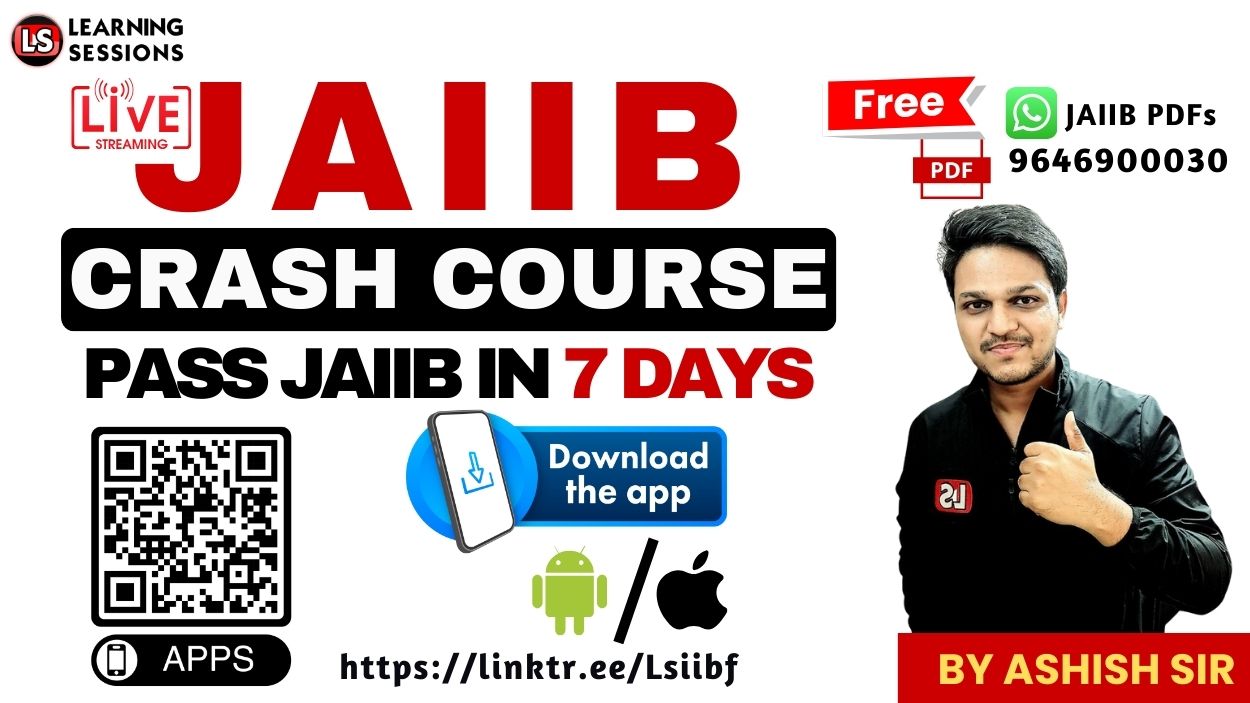Have you ever wondered how a simple document can make or break a bank transaction? Whether you’re a banker or an aspiring candidate for the CCP exam, understanding the nuances of banking documentation is crucial. Today’s video dives deep into one of the most important topics for CCP exam preparation – Documentation.
Before we dive in, watch this video for a complete breakdown:
00:00:00 – Introduction to Bank Documentation
Did you know that the proper documentation can protect banks from legal disputes in the future? In this opening section, we introduce the concept of bank documentation. Essentially, a document is a written record of the agreements made between a bank and its customer. These documents clearly define the rights and responsibilities of both parties to ensure there are no future disputes. By preparing the right documents, a bank ensures that they have the necessary evidence in case any issues arise.
00:01:04 – Factors Influencing Bank Documentation
Several factors influence the kind of documentation needed for a transaction. This includes the type of loan (e.g., home loan vs. business loan), the security involved (movable or immovable property), and the charge type (hypothecation or mortgage). Understanding these elements ensures that proper documentation is prepared to protect both the bank and the customer in the long run.
00:03:17 – Legal Definitions of Documents
According to the Indian Evidence Act and the Indian Stamp Act, documentation serves a crucial role in defining rights and liabilities. These legal frameworks ensure that documents are not just formalities but enforceable tools for creating, transferring, or modifying legal obligations. In case of a dispute, these documents hold up as evidence in court, ensuring that banks can recover dues from defaulters.
00:04:25 – Importance of Proper Documentation
Why does proper documentation matter so much? Proper documentation acts as proof of the terms agreed upon by both parties. For example, in a loan scenario, if a borrower defaults, the bank can use the signed document to pursue legal action and recover the loan. Additionally, documentation clearly outlines securities (like properties or assets) that are linked to the transaction, minimizing future misunderstandings.
00:06:26 – Types of Documents
We then break down the two broad categories of documents banks use:
- Personal Liability Documents: These include agreements where the borrower is personally liable for repayment. Examples include demand promissory notes and acknowledgments of debt.
- Charge-Creating Documents: These documents are used when assets are used as security for loans, such as mortgages and hypothecation agreements.
These categories help categorize the kind of agreements banks need to prepare depending on the nature of the loan and security involved.
00:10:37 – Selection and Stamping of Documents
Not all documents are created equal. The selection of documents depends on various factors, such as the type of borrower (individual, company), the type of security (movable vs. immovable), and the charge type. Once selected, stamping is required to make these documents valid. Stamping ensures that the documents are legally binding and accepted in court if needed.
00:13:35 – Timely Registration and Its Consequences
Document registration is crucial. If a document is not registered within the stipulated time, it could be invalid in legal proceedings. For example, documents like gift instruments and property transfer agreements need to be registered within four months after execution. Failing to do so can result in severe consequences, such as invalidation of the document.
00:16:10 – Remedies for Improper Stamping
What happens if a document is stamped incorrectly? While errors can happen, the remedy is simple. The document can be revalidated by paying the necessary penalties and ensuring all requirements are met. This ensures that the document is enforceable in legal matters.
00:20:34 – Registration Requirements for Documents
Some documents require compulsory registration under the Indian Registration Act. For example, property-related agreements or certain lease agreements must be registered to be valid. Registration not only makes documents legally binding but also serves as a public notice that protects the interests of all parties involved.
[FREE EPDF] Forward Exposure Limit & Pre-settlement Risk | CCP Certification
00:33:23 – Limitation Period for Enforcing Documents
Each document has a limitation period within which it can be enforced. For example, if a borrower defaults, the bank can only pursue legal action within three years for certain types of loans. Understanding the limitation period ensures that banks don’t lose their right to recover dues due to delays.
00:39:12 – Extension of Limitation Period
What happens if a limitation period is about to expire? The period can be extended under certain conditions. For instance, if the borrower acknowledges the debt after the default, the limitation period can be reset. This ensures that banks have sufficient time to take legal action.
Conclusion
In summary, understanding the role of documentation in banking is crucial for both bankers and exam candidates. Documentation not only protects the bank’s interests but also ensures smooth transactions and legal enforceability. Whether you’re preparing for the CCP exam or working in banking operations, mastering the nuances of document creation, selection, stamping, and registration is essential.
I hope this video helps you understand the importance of proper documentation. Remember, documentation is a banker’s best defense against legal disputes. So, take what you’ve learned and apply it in your professional life.
Leave your questions or thoughts in the comments below! Don’t forget to subscribe for more in-depth insights and exam tips.
Download the PDF
For a complete breakdown of the Documentation Process in Banking, download the PDF version of this session here:
Also Like:







